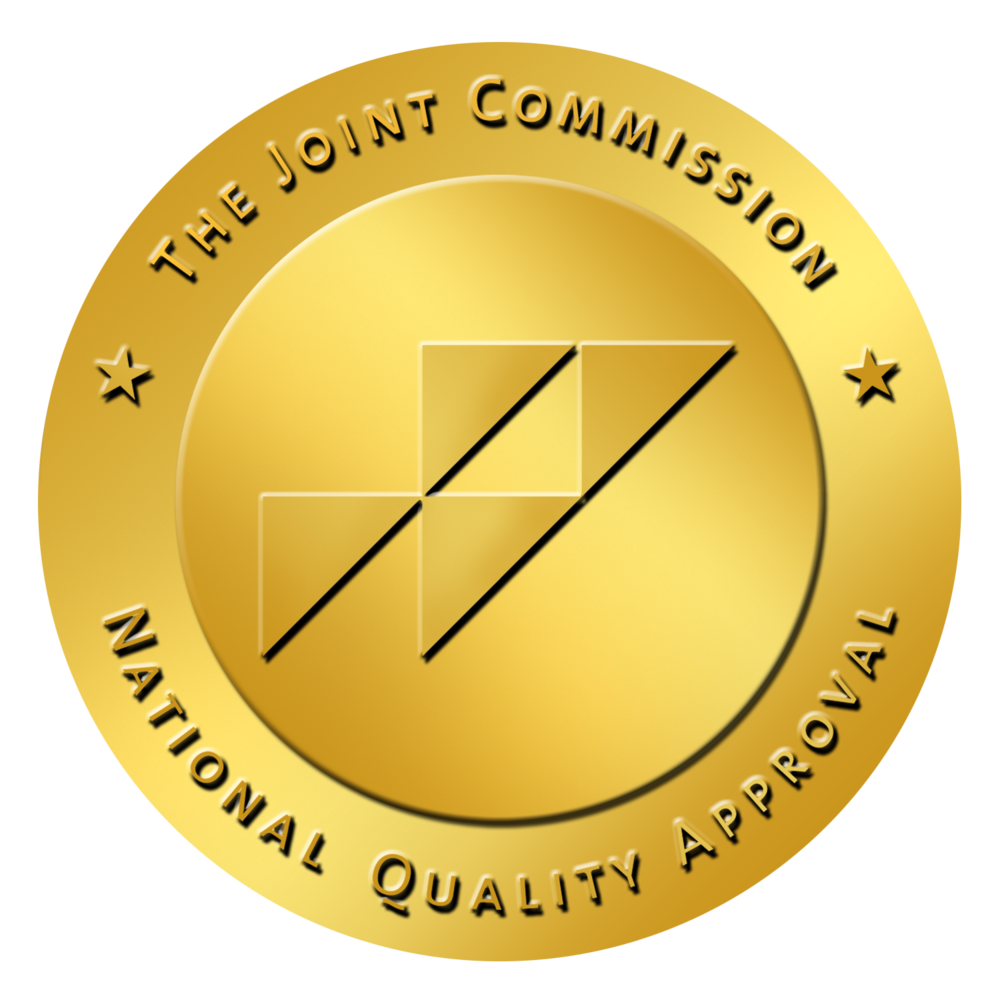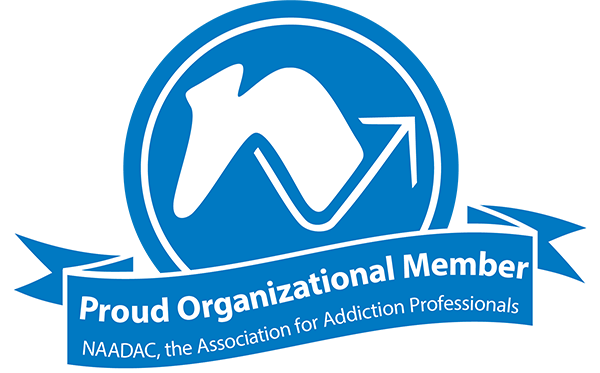Think of how certain experiences in the line of duty or emergency field can leave lasting, indelible marks on the psyche as signs of trauma or post-traumatic stress disorder (PTSD).
Intrusive thoughts and memories, avoiding people, places or reminders of a traumatizing event or developing unhelpful mental and physical reactions — sometimes unprovoked — are just a few of the challenges symptomatic of trauma or adjustment disorders culled from a life of public service.
One innovative type of mind-body therapy meant to address these hallmark symptoms of trauma makes use of a unique phrase: Where we look affects how we feel.
What does this mean? It begins to describe the fundamental process of brainspotting, one of the most remarkable and effective forms of trauma treatment that utilizes your body’s natural ability to self-scan and heal itself from PTSD.
What Is Brainspotting?
Brainspotting (aka BSP treatment) is a unique mental health therapy designed to help process and recover from untreated, unresolved trauma. One of the newer treatments in the clinical world, it was developed in 2003 by psychotherapist David Grand, Ph.D., a specialist in eye movement desensitization and reprocessing (EMDR) therapy.
In creating brainspotting, Dr. Grand was influenced by the effectiveness of the optical aspect of EMDR playing a huge role to help loosen the emotional and mental grip of trauma. He took it a step further by proposing that similar eye movements can enable a patient to effectively scan themselves for trauma, specifically in how it manifests somatically and physically within the body. By embracing the body’s ability to self-scan and identify “brainspots,” it encourages self-healing.
“By focusing on these brainspots, a person may be able to reprocess these events, heal from them and move past them perhaps faster than other treatments,” notes the Cleveland Clinic.
David Grand, PhD, expanded on traditional EMDR techniques by introducing innovative methods that help patients bypass the thinking brain and access deeper emotional processing, particularly for trauma linked to chronic illness and complex life experiences. While narrative therapy helps individuals reframe their life stories, EMDR complements this by targeting the body’s memory of trauma, allowing for a more complete and integrative healing process.
What Is a Brainspot?
A brainspot is an exact point in your field of vision that’s neurologically linked to the part of your brain holding an unprocessed traumatic experience or memory, which can become deeply buried in the subcortical area responsible for higher-level functioning.
In the clinical world, these repressed traumatic events can be stored in what’s called a trauma capsule with all the raw feelings and sensations from the experience that have gone unprocessed, sometimes for years. A brainspot is like a secret doorway this capsule that would be difficult to access with other therapy.
What Does Brainspotting Treat?
Because brainspotting treatment enables you to pinpoint deeply hidden negative emotions and distressing memories, it’s been proven very effective over the last 20-plus years in helping trauma-related disorders, which can be a lifeline for trauma resulting from time spent in military service, including PTSD and complex PTSD, or C-PTSD.
Brainspotting BSP is also used to address:
- Acute stress disorder (ASD)
- Anxiety disorders
- Depressive disorders
- Reactive attachment disorder (RAD)
- Borderline personality disorder (BPD)
- Dissociative disorders
- Disinhibited social engagement disorder (DSED)
- Substance abuse disorders (SUD)
- Chronic physical pain
How Does Brainspotting Work?
During a brainspotting session, your therapist will begin by slowly guiding their finger, a pen or pointer across your field of vision. Concentrating on the pointer, they’ll ask you to identify the very moment where your emotional or physical responses are the most intense.
Part of what’s called somatic experiencing in trauma therapy, they’ll know this from any reflexive body responses you might show, like bodily shifts or eye twitches, indicating they’ve homed in on your brainspot. “When a brainspot is stimulated, the deep brain appears to reflexively signal the therapist that the source of the problem has been found,” explains Brainspotting.com.
Once the brainspot has been identified, this is where trauma processing begins with your therapist. After you’ve been able to identify brainspots, some therapists may take what’s called an outside window approach, where they’ll suggest what the brainspot is based on where your eyes are fixed. An inside window approach happens when you take note of the brainspot to address.
What Do You Feel During Brainspotting?
Trauma is a unique experience that can differ from person to person, so the feelings that may surface during therapy can vary. Uncomfortable memories that you’ve avoided (consciously or subconsciously) may be difficult to confront, and because brainspotting focuses so much on one’s physical reactions, you might feel stress, anxiety or tension, notes the Cleveland Clinic.
However, it also becomes an opportunity to reach a breakthrough in discovering and holding traumatic events close to work through them with the help of your therapist, whose role is to create a safe and supportive space.
“At the same time, by releasing these physical symptoms, you’re able to move through and process the emotional and mental thoughts and feelings that have been building up over time,” notes the clinic, freeing up mental and physical bandwidth to start unburying, unpacking, processing and reprocessing long-pent-up trauma with more perspective.
“Allow yourself to feel these things, acknowledge that they exist and sit in your awareness for as long as you feel comfortable,” says the clinic. But know you can always tell your therapist if you’d like to pause and take a break if certain feelings become too intense.
How Long Does a Brainspotting Session Last?
Expect a brainspotting mental health treatment session to last anywhere from a half hour to about 90 minutes. If you’re receiving therapy on an outpatient basis, make room in your schedule for moments when you and your therapist might define a brainspot that needs the time it deserves to activate and examine.
Who Benefits from Brainspotting?
The truth is that anybody, of any age or gender, who has experienced trauma in their lives can derive benefit from brainspotting treatment since it’s so laser-focused on identifying the sometimes-vague areas of the brain where traumatic memories can be hiding away.
But because it does this so well in tandem with how trauma physically manifests, it’s ideal for veteran support, for veterans and first responders where trauma has become an outcome of their service and vocation. When the stress, anxiety or other somatic cues symptomatic of trauma become trapped without any initial distinction or source, brainspotting can be both a powerful primary treatment or an excellent complement to talk therapies like cognitive-behavioral therapy or acceptance and commitment therapy.
Brainspotting FAQ
Brainspotting was born out of Dr. Grand’s experience with traditional EMDR, so both approaches are similar, making a mind-body therapy connection in how trauma lives within.
The main difference lies in the process. EMDR’s emphasis is on guided, bilateral eye positions (following a light or finger back and forth), proven to lessen the intensity of distressing emotions. Brainspotting is less structured. Your therapist’s finger/pen movements may be more randomized. But it’s also more precise, allowing you to stop at a specific, fixed eye position reflecting a particular brainspot.
Brainspotting might sound like hypnosis. Moving a fixed object like a pen or pointer in a rhythmic motion might make you feel like it’ll induce a trance-like state. But in a brainspotting session, you’re fully conscious, awake and cognizant at all times. Your full attention is necessary because you need to remain intently focused on taking note of where your session’s brainspot may appear.
Brainspotting is ultimately designed for a therapist-client environment. While there are modified exercises you can try yourself (i.e., self-scanning or gaze spotting), self-brainspotting is not a valid therapeutic method since your therapist needs to play their role to guide the process and monitor your eye movements and reactions — not recommended in a solo capacity. Plus, a licensed psychotherapist is trained to guide and navigate you through any intense emotions that can arise, necessitating the need for them to be by your side.
Brainspotting may not be ideal for people enduring severe PTSD or other co-occurring mental health disorders, since intense emotions can arise that might be too difficult to deal with. The risk of relapse might arise for people who have addiction issues, as well. However, brainspotting may become an appropriate treatment after pursuing alternative therapies.
It’s entirely up to you if you’d like to talk during a brainspotting session. Most sessions usually involve minimal dialogue compared to other types of talk therapy, since brainspotting uses feelings and reactions — instead of storytelling — as a guide. In brainspotting, some people process their experiences internally and remain silent for most of the session, while others find it helpful to talk through the feelings, memories and sensations that may emerge.
A few key progress points are good indicators to see if brainspotting is working. Here are some signs to look for:
- Somatic and emotional reactions: One sign that therapy is effective is that you may notice distinct physical feelings or emotional waves as you focus on a specific brainspot. These feelings are normal, positive signals that you’re accessing and engaging with important issues and unresolved trauma.
- Changes in perspective: One of the most tangible proof points may not be readily apparent at first. But in time, you may discover that old triggers — traumatic memories or situations that used to be upsetting to you — don’t carry the same emotional weight anymore. You may feel less triggered by it or feel more emotionally distant from the trauma, clear markers of healing that can’t be denied.
- A new understanding: With your therapist’s guidance, you’ll be able to connect and integrate the emotions you’ve brainspotted and processed to past traumatic events and find new, healthier ways to cope and move forward.
Brainspotting Treatment at Aliya Veterans
According to the U.S. Department of Veterans Affairs, PTSD remains a pressing, perennial problems for our servicemen and women. Of the 5.8 million veterans who served in 2024, 14% of men and 24% of women were diagnosed with PTSD. It makes brainspotting one of the trauma-focused therapies that we feel is so important as a public need for veterans or anyone who has experienced trauma in public service.
By leveraging the brain’s own capacity to activate brainspots, become mindful of them and acknowledge that trauma is treatable, we promise that with compassion and care to meet you where you’re at, we can help you forge a path forward to peace and recovery.
Comprehensive Treatment for PTSD Near Me
Not all treatment centers for psychological traumas are the same. Taking the first step toward healing from trauma is a sign of courage, accountability, and, most of all, strength — transparency in knowing that change is possible and change is something you desire. If you’ve struggled with the weight of trauma and looking for PTSD treatment near me, Aliya Health Group offers treatment in rehab centers across eight states with the clinical teams and staff experienced in offering comprehensive treatment tailored to the needs of vets and first responders. Traditional talk therapy coupled with trauma-focused programming can help you.
Change your life with one phone call to a behavioral therapy center, and contact us today for more information about how a professional brainspotting therapist can help.
- Post-traumatic stress disorder (PTSD) – Symptoms and causes – Mayo Clinic
- Feeling Stuck? Brainspotting May Help
- About Brainspotting
- What is somatic therapy? – Harvard Health
- Feeling A Trauma Capsule Unfreeze – EFT International
- https://www.verywellmind.com/brainspotting-therapy-definition-techniques-and-efficacy…
- How Common is PTSD in Veterans? – PTSD: National Center for PTSD






